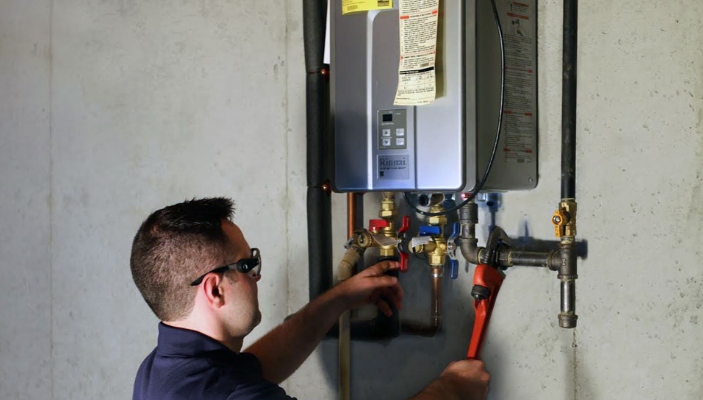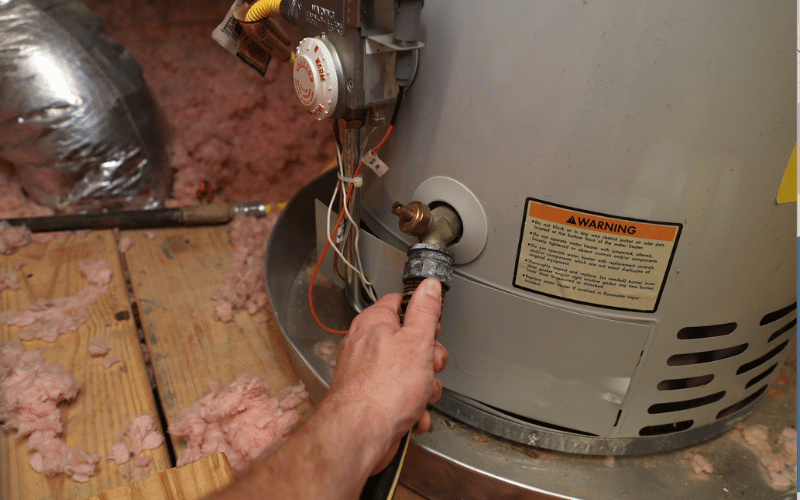Do you find yourself in search of advice around How to Maintain a Hot Water Heater in a Few Simple Steps?

Warm water is crucial for daily comfort, whether it's for a revitalizing shower or cleaning meals. To ensure your hot water system runs successfully and lasts much longer, routine maintenance is vital. This post offers practical pointers and insights on just how to keep your home's hot water system to stay clear of disruptions and expensive repairs.
Intro
Maintaining your home's hot water system could seem overwhelming, however with a couple of easy actions, you can ensure it operates efficiently for years to find. This overview covers everything from comprehending your warm water system to DIY upkeep tips and understanding when to call professional assistance.
Relevance of Preserving Your Warm Water System
Normal maintenance not only expands the life-span of your hot water system but also ensures it operates effectively. Disregarding maintenance can result in reduced performance, higher energy expenses, and also early failing of the system.
Signs Your Hot Water System Demands Upkeep
Understanding when your warm water system requires focus can prevent significant issues. Look out for signs such as inconsistent water temperature, unusual sounds from the heating system, or rusty water.
Understanding Your Warm Water System
Before diving into maintenance tasks, it's valuable to comprehend the basic parts of your warm water system. Generally, this consists of the hot water heater itself, pipelines, anode poles, and temperature controls.
Month-to-month Maintenance Tasks
Regular regular monthly checks can aid capture small problems before they escalate.
Flushing the Hot Water Heater
Purging your hot water heater removes sediment buildup, improving effectiveness and prolonging its life.
Monitoring and Replacing Anode Rods
Anode rods avoid rust inside the storage tank. Inspecting and replacing them when worn out is essential.
Evaluating and Adjusting Temperature Settings
Readjusting the temperature setups makes certain optimum efficiency and security.
Do It Yourself Tips for Maintenance
You can do several upkeep jobs on your own to maintain your hot water system in top condition.
Looking for Leaks
Frequently examine pipes and connections for leaks, as these can bring about water damage and greater expenses.
Examining Stress Relief Valves
Examining the pressure relief valve ensures it operates appropriately and avoids extreme stress build-up.
Insulating Pipelines
Insulating hot water pipes minimizes heat loss and can conserve energy.
When to Call a Specialist
While DIY upkeep is useful, some issues call for specialist experience.
Complex Concerns Calling For Expert Aid
Examples consist of major leaks, electrical problems, or if your hot water heater is constantly underperforming.
Routine Professional Upkeep Perks
Specialist upkeep can consist of detailed inspections, tune-ups, and ensuring conformity with safety criteria.
Conclusion
Normal upkeep of your home's hot water system is vital for performance, longevity, and expense financial savings. By complying with these ideas and knowing when to seek specialist help, you can guarantee a trusted supply of hot water without unforeseen disturbances.
How to Maintain an Instant Hot Water Heater
Before tinkering with your hot water heater, make sure that it’s not powered on. You also have to turn off the main circuit breaker and shut off the main gas line to prevent accidents. Also turn off the water valves connected to your unit to prevent water from flowing into and out of the appliance. 2. When you’re done, you have to detach the purge valves’ caps. These look like the letter “T” and are situated on either side of the water valves. Doing so will release any pressure that has accumulated inside the valves while at the same time avoid hot water from shooting out and burning your skin. 3. When the purge valves’ caps are removed, you have to connect your hosing lines to the valves. Your unit should have come with three hoses but if it didn’t, you can purchase these things from any hardware or home repair shops. You can also get them from retail stores that sell water heating systems. Read the user’s manual and follow it to complete this task properly. When the hosing lines are connected, open the purge port’s valves. 4. You should never use harsh chemical cleaners or solutions when cleaning your unit. Make use of white vinegar instead. It should be undiluted and you’ll probably use about 2 gallons. 5. Now flush your water heater. This task should probably take about 40 minutes. We can’t give you specific directions for this because the procedure is carried out depending on the type, model and brand of your heater. With that being said, refer to the user’s manual. 6. When you’re done draining the unit, you have to turn off the purge port valves again. Remove the hosing lines that you earlier installed on each of the water valves. Put the valve caps (purge port) back in their respective places and be very careful so as not to damage the rubber discs that are found inside these caps. 7. Now that everything’s back in place, check your user’s manual again to find out how to reactivate your water heating system. 8. Once it is working, turn one of your hot water faucets on just to let air pass through the heater’s water supply pipes. Leave the tap on until water flows smoothly out of it. https://www.orrplumbing.com/blog/2014/september/how-to-maintain-an-instant-hot-water-heater/

Hopefully you enjoyed our post on Tips on Maintaining a Water Heater. Many thanks for taking a few minutes to browse our blog post. Enjoyed our content? Please share it. Help other people locate it. We treasure reading our article about Tips on Maintaining a Water Heater.
Schedule Service Now